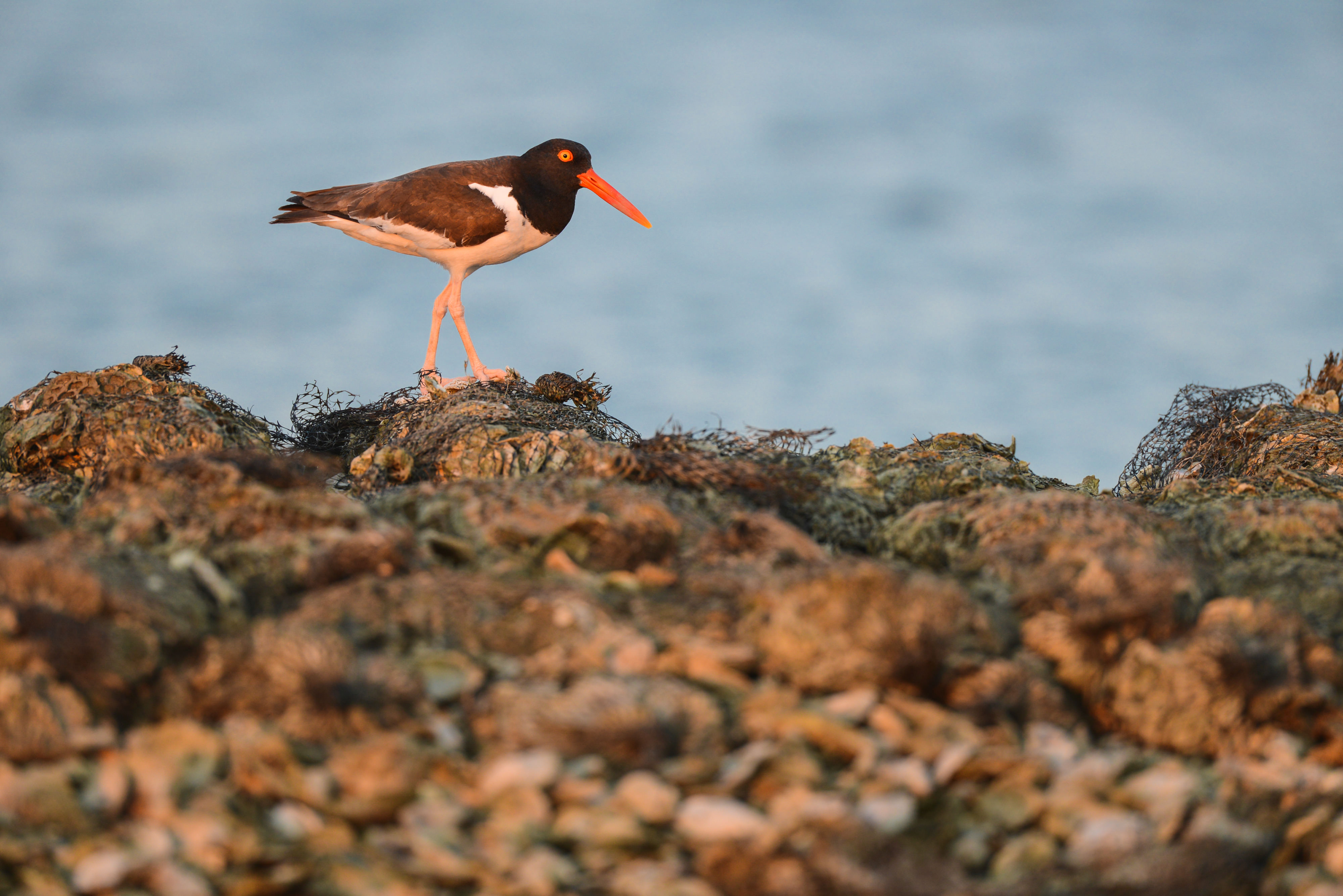TNC has been working to protect this rapidly disappearing landscape since the 1970s.
This site spans both part of the Gulf of Mexico and much of the southern coast of Alabama. This coastal area contains a mosaic of natural areas, including maritime live oak forest, wet longleaf pine savanna, freshwater marsh and small stream swamp forest, among others. At least 13 rare plant species are found here, including the white-topped pitcher plant, Chapman's butterwort and the large-leaved jointweed. Rare animals within the Gulf Islands site include the gopher tortoise, eastern diamondback rattlesnake and red-cockaded woodpecker.
The Nature Conservancy has been working to protect this rapidly disappearing landscape since the 1970s and has succeeded in protecting many critical areas. Through both private partnerships and government agencies The Conservancy is working to protect coastal natural areas. Bon Secour National Wildlife Refuge is one example of The Conservancy's efforts along this coast, as it is a partnership effort between The Conservancy and government agencies to protect critical habitat for the Alabama Beach Mouse and neotropical migratory birds. TNC owns one island preserve within the landscape site, Rabbit Island.
